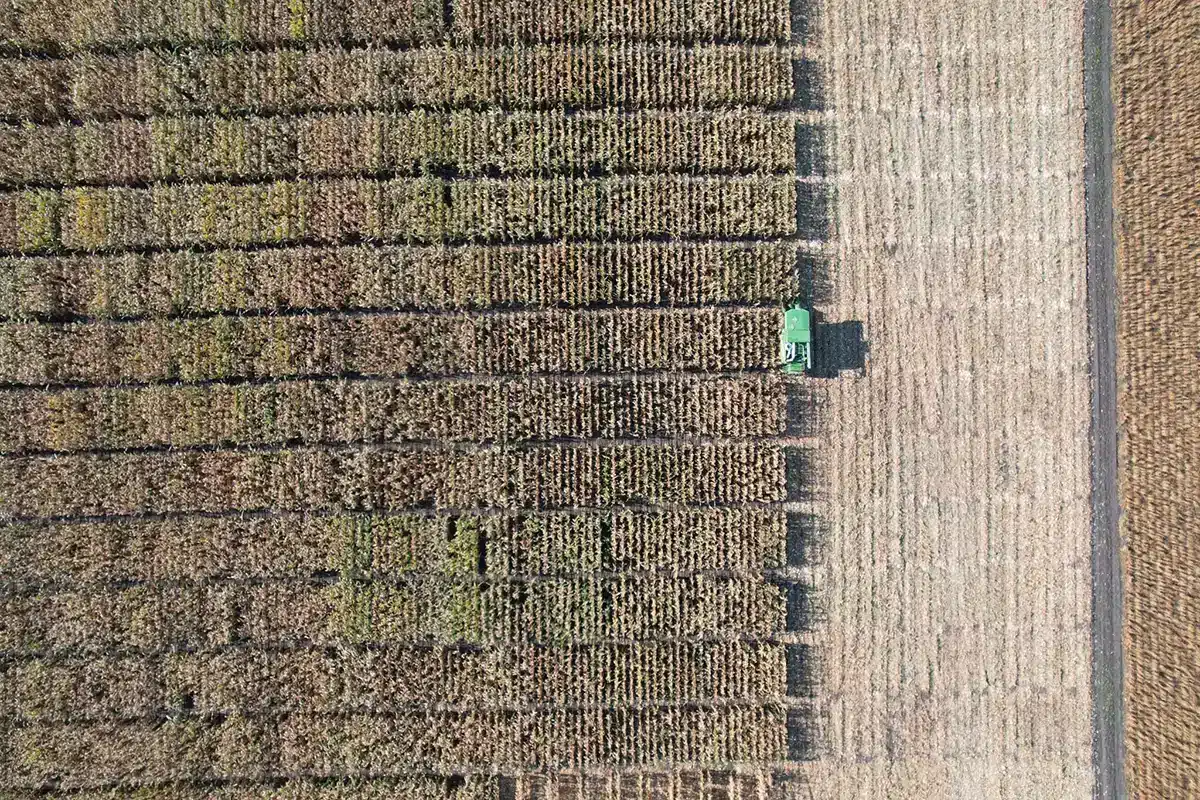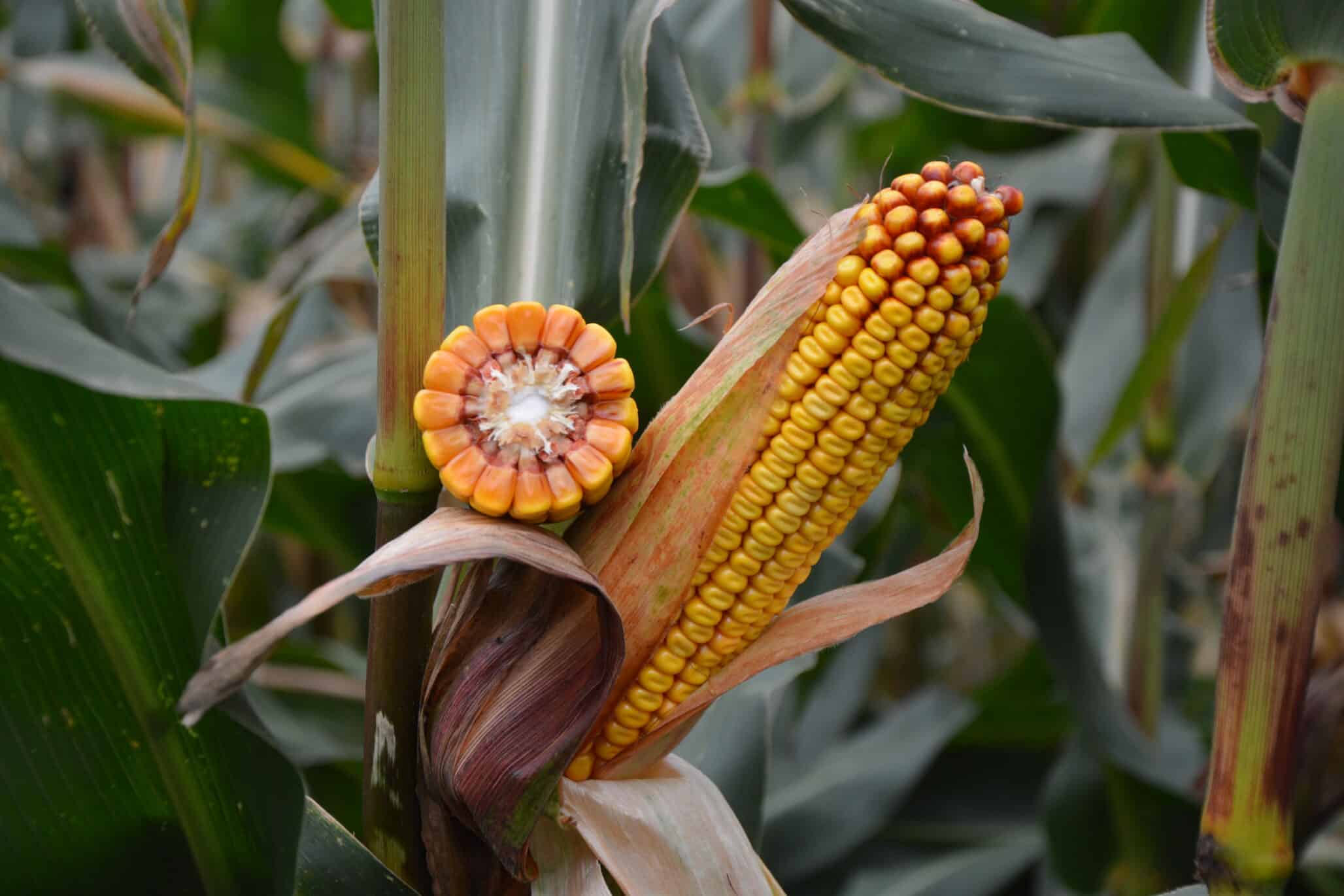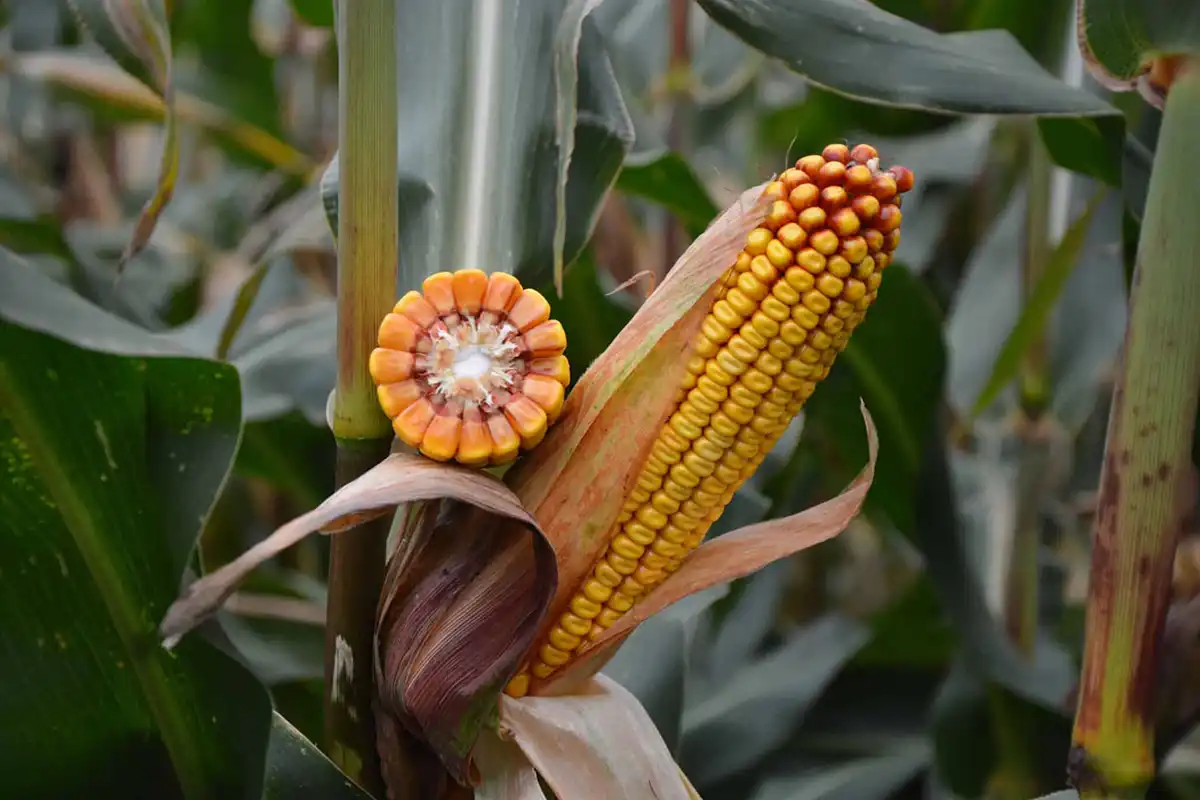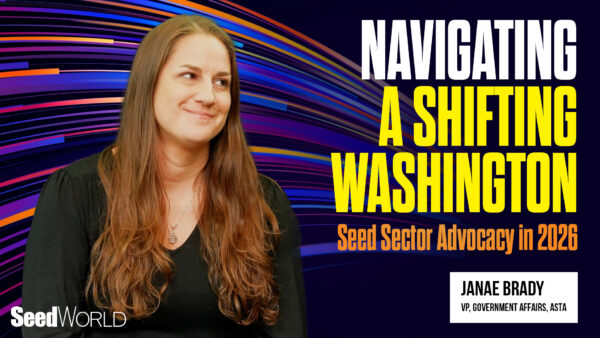
Editor’s Note: This article is part of a series on corn breeding in the European seed sector.
As explained in Part 1 of this series, corn (also known widely as maize) is a critical global crop with diverse food, feed and industrial uses. Indeed, its importance is expected to grow as the global population increases and the demand for meat and milk likewise rises. In Part 2, we examined the resistance to various diseases that can diminish corn yields, as well as the impact of insect pests that can reduce the amount of grain harvested per hectare. We looked into the new threats emerging and if companies have adequate germplasm sources to combat these and other challenges in their breeding programs
In this part, we present a look at corn of the future, as breeding efforts continue to support increased yield of this crop as well as an increase in the diversity of its applications. How do the leading European corn breeding companies make sure they are connected with evolving market demands relating to many different traits? And what will corn look like 20 years from now?
That is why Seed World Europe has chosen the world of corn breeding as one of our crucial topics to cover in 2024.
As in Part 1 and 2, we include responses from breeders of seven leading European maize breeding companies, including:
- Karl-Heinz Camp, Head of the Cereals, Corn and Soya Divisions at Delley Semences et Plantes SA (DSP) in Switzerland.
- Ludwig Feldmeier, Maize Breeder at Freiherr von Moreau Saatzucht GmbH, in Germany.
- Ivan Halechko, Leading Breeder; Viktor Borysov, Chairman of the Board; and Ruslan Martsyn, Commercial Director at Company Mais in Ukraine.
- Laurent Bettinger, Corn Breeding Leader at Lidea in France.
- Jean-Bruno Beaufumé, Head of Temperate Maize Research Limagrain Field Seeds.
- Péter Könczöl, Head of Europe Field Crops Seeds Development at Syngenta in Hungary.
- Elliot Heffner, Europe Plant Breeding Leader at Corteva Agriscience.
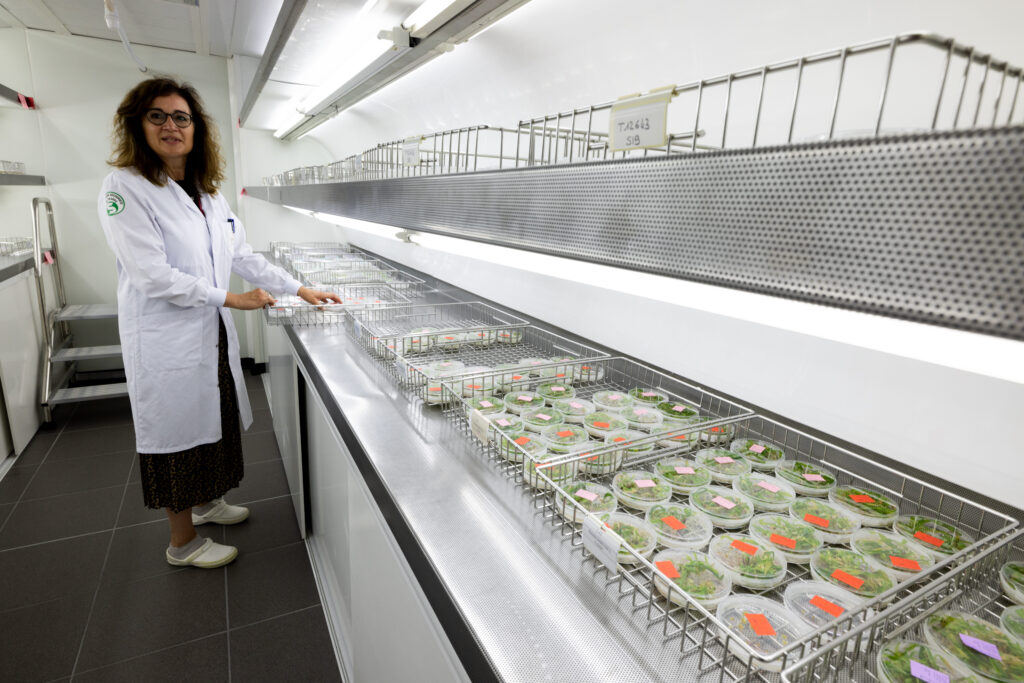
Market Alignment
All breeding companies use carefully selected strategies to ensure they understand the needs of farmers and their customers, and they adjust their breeding of specific crops accordingly. Corn is certainly no exception.
Lidea has a dedicated marketing or ‘business line’ team that gathers and synthesizes information on the needs of growers. This is given to the research team, which builds strategies to reach the defined targets.
Syngenta has various internal processes ensuring that growers’ needs are captured and incorporated into corn breeding strategies. “For this, we collect every year the farmers’ and market needs by crop segment and by country through our local sales and marketing teams across Europe,” says Könczöl. “Disease resistance, heat stress behaviour, stability and local adaptation are key features of the product profiles that we are targeting. We have long-term targets that we do not change every year; however, we are agile enough to redirect efforts to new segments when we see it will be needed by farmers.”
Similarly, Limagrain’s strategic marketing, product development and sales teams work together to ensure the company meets market needs. “On top of that, Limagrain also works on different interprofessional consortium projects,” says Beaufumé.

Corteva strives for constant interaction with farmers through its commercial and research team, says Heffner. He adds that a strong link between growers, breeders, and the greater seed sector is critical to ensure breeding goals and selection decisions are aligned with grower needs to achieve successful market introduction and top on-farm performance.
Martsyn at Company Mais explains that in Ukraine, farmers are very demanding and competition between breeding and seed production companies is very high.
“We sell part of our seeds directly through our marketing department and, thanks to this, we are constantly in touch with our customers – both large agricultural enterprises and small farmers,” he says.
“Therefore, we know the requirements well. Do they change? Yes, and this is influenced by various factors, not only the climate.”
Martsyn points to the last two years as an example. Since the invasion of Ukraine by Russia in early 2022, the area of corn cultivation in Ukraine has decreased substantially from 5.5 million hectares to 3.8 million. Also, the blockade of seaports has led to low purchase prices for corn and other grains. Farmers in Ukraine are therefore looking for the most cost-effective farming models and choose suitable corn hybrids for those models.
“For example, some switch to early hybrids to get dry grain that can be stored for better prices without drying,” says Martsyn. “Those farmers who have their own dryers, on the contrary, are chasing the biggest potential and bigger harvests. There are also those who seek to obtain an average harvest without actually investing in cultivation in order to increase profitability by saving resources. There are farmers who now especially grow lodging-resistant corn because they plan to harvest in the spring, not in the fall. We have corn hybrids for every such situation.”
Martsyn reiterates that Ukrainian farmers are very demanding, and usually do not give seed producers a second chance. “Therefore, it is necessary to make a product that not only meets their requirements but also exceeds them. It’s not easy, but it’s very inspiring.”
High-quality seed processing ensures the genetic potential of the hybrid is delivered from Company Mais to customers in Ukraine and other countries. “Our factories are equipped with modern equipment from the EU and the U.S.,” says Martsyn. “We put our third plant into operation during the invasion in 2023. It is fully automated and is the most modern Ukrainian seed plant for corn. It is located close to the border with the EU, and it is here that we make seeds for our foreign partners.”
Innovation
It’s an exciting time for the breeding of all crops, including corn. Könczöl goes as far as to say that crop breeding is undergoing a revolution right now due to the explosion of breeding tools and the use of information technology. “Data science is being used to make breeding decisions more accurate and reliable and in a more and more precise data-driven way,” he says. “Today’s information technology capabilities and available capacities allow us to manage and make decisions using immense databases.”

Another very important area of breeding innovation, says Könczöl, is the development of plant genomic sciences. “Today, we can do a preliminary analysis of the DNA and the prediction of its economic value before field testing,” says Könczöl. “Thanks to this technology, we can speed up our breeding processes, get new parent lines and hybrids to farmers sooner and thus share the economic benefits of these technologies with farmers. Further advances in breeding technologies are expected to lead to even faster and more significant changes in the future.
“Prior knowledge of the genetic pattern will soon allow genomic editing and bringing hybrids that perfectly match known market needs to market. In addition to these genomic technologies, field testing technologies are also developing rapidly.”
At Corteva, the corn breeding team is using many genetic and molecular tools as well as a huge network of testing sites and tools to measure phenotypic traits. Heffner says their corn breeding success is due to a combination of investment in these technologies and utilizing them in an integrated way.
Limagrain is also using many new tools extensively to speed up and innovate corn breeding, including genomic selection, rapid cycling, double haploids and gene editing. This has led, for example, to the development of specific mid-maturity corn genetics for central and eastern Europe with very good tolerance to heat stress and drought.
At Lidea, genomic selection and high throughput phenotyping have boosted the selection efficiency in corn breeding.
However, Camp notes that whilst genomic prediction and genomic selection are certainly powerful tools to increase the selection intensity and speed up the testing process, the decision to invest and the benefits from investments depend on the size and cost structure of the breeding program.
In corn specifically, he explains that if companies invest in gene editing, this may allow the creation of some very interesting traits relating to disease resistance, nutrient efficiency and grain composition. “Yet the legal perspectives on gene editing are not clear at all,” he says. “A very strict regulation and high requirement of traceability (impossible detection) will further increase our problems of access to new germplasm.”

Despite the risks surrounding the regulation of new tools, companies like Corteva are ploughing ahead. Corteva now has many active collaborations with public breeding research institutions where scientists are using the technology to improve disease resistance in corn.
This includes resistance to maize lethal necrosis in tropical corn and in temperate hybrids, resistance to northern corn leaf blight, southern rust, grey leaf spot and anthracnose stalk rot.
Corn In 2045
In Könczöl’s view, corn hybrids marketed in 20 years will differ greatly from today’s corn. They will probably be shorter, he says, with higher yield potential and better stress tolerance. Returning to the use of data analytics, he adds that, “hopefully we will have much more accurate information about [new hybrids] before they come to market, and they will meet the needs of the farmers much more accurately.”
Camp agrees that corn plants in the future will likely be shorter and have better drought tolerance. He expects less leaf biomass in the grain varieties. He also foresees a continuing push towards pure dent varieties in early and very early maturity groups, replacing more and more the dent x flint hybrids for grain use. In Camp’s view, even silage and biomass varieties might have to show reduced plant volume to favour yield stability over yield maximum.
Borysov at Company Mais is also of the opinion that corn of 2045 will have different ratios of grain mass to plant mass and plant mass to mass of the root system. “The mass fraction of the grain will increase, and all other mass will decrease,” he says. “There will be smaller stem length, tassel, grain and ear size, smaller leaf length and width, fewer leaves overall and fewer leaves covering the ear.”
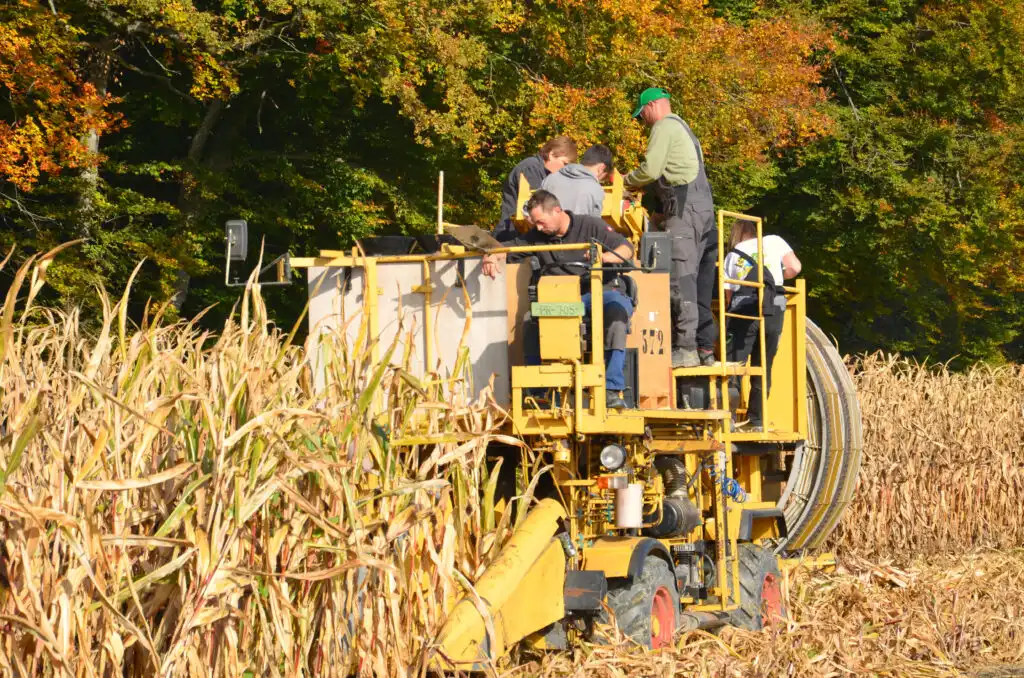
At the same time, Borysov believes corn hybrids will increase in cold resistance for earlier sowing, will tolerate higher population densities and will also be more resistant to heat and diseases/pests, with stronger stems and stronger cob attachment. He foresees that corn 20 years hence will need less nitrogen and be more tolerant of the previous crop in the rotation as well as to the conditions of grain drying and storage. “Corn harvest terms will be more flexible in the future,” he says, “with the possibility of long storage of grain in the cob on the plant in the field. We also should be able to harvest grain with moisture content below 14 per cent without additional drying before storage.”
In Heffner’s view, corn in 2045 will be able to withstand whatever climate conditions exist. “History shows us that we can increase yields even in challenging conditions,” he says. “We know weather volatility is likely to only increase in the future, but we are up to the challenge with new breeding and seed production tools, technology and investment to keep increasing on-farm performance and quality.”
Beaufumé is of the same basic view. He says, “corn will continue to evolve with higher and more stable yields offering a robust package of resistance to stress and diseases, and with more precise end-use qualities.”
All these breeders agree that corn will remain a key crop for humanity.
“Thanks to breeding, I am confident that corn will remain one of the most efficient crops for feed production,” says Bettinger. “It will need less inputs and water and will be more resilient to climate change. The potential for adaptation of corn is just second to none.”

Editor’s Note: This article is part 3 of a 3 part series on corn breeding in the European seed sector.


